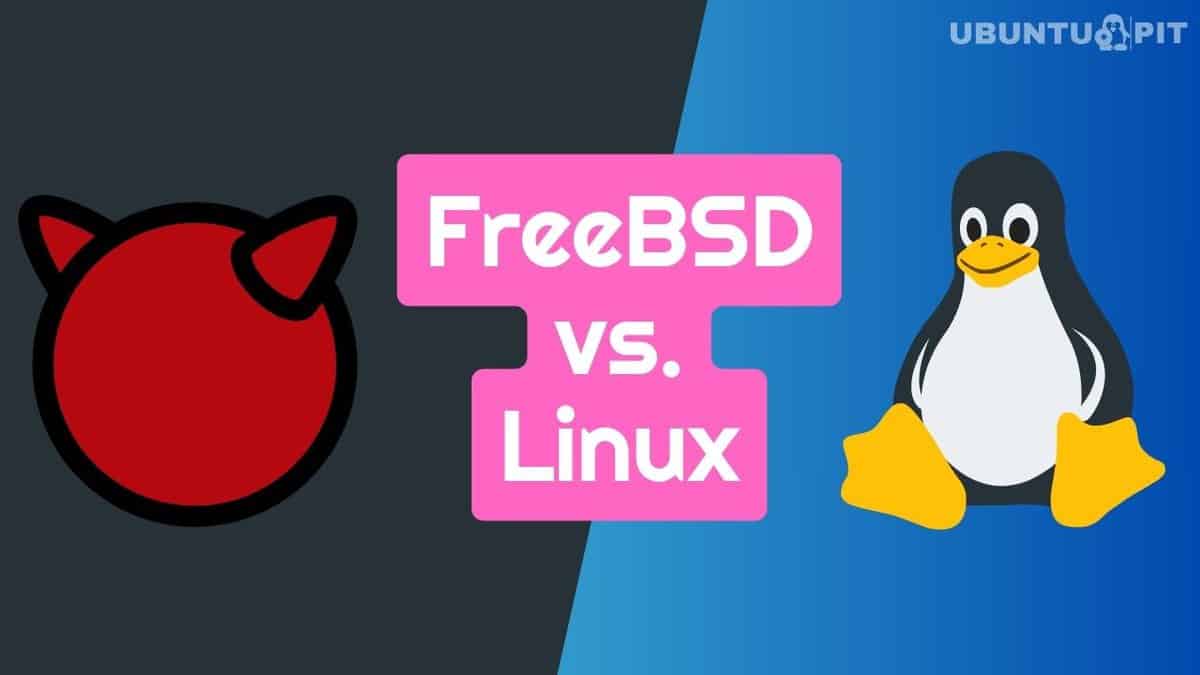newfreenas
Dabbler
- Joined
- Nov 7, 2018
- Messages
- 30
I have skimmed the following link:
 www.truenas.com
www.truenas.com
I am running TrueNAS-12.0-U8.1
I see some success stories in threads and some struggles that I can tell by what was being troubleshot I would not be able to solve.
can someone recommend the safest way to migrate from core to scale? I have deleted all of my jails in favor of VMs.
I have 6 VMs I would like to maintain and approx 2TB of used storage
some additional links I have skimmed:

 www.truenas.com
www.truenas.com
essentially I am hoping someone has some additional guides/blogs/youtubes even of successful migrations I can peruse prior to commiting to the upgrade so I can do so with confidence of not losing anything or at least minimizing loss.
Migrating TrueNAS CORE to SCALE
Provides instructions on migrating from TrueNAS CORE to SCALE. Migration methods include using an ISO or manual update file.
I am running TrueNAS-12.0-U8.1
I see some success stories in threads and some struggles that I can tell by what was being troubleshot I would not be able to solve.
can someone recommend the safest way to migrate from core to scale? I have deleted all of my jails in favor of VMs.
I have 6 VMs I would like to maintain and approx 2TB of used storage
some additional links I have skimmed:

How to Migrate From TrueNAS CORE to TrueNAS SCALE On the TrueNAS Mini
Seamless TrueNAS CORE to TrueNAS SCALE migration guide for the Mini. Preserve data & configs with ease.
essentially I am hoping someone has some additional guides/blogs/youtubes even of successful migrations I can peruse prior to commiting to the upgrade so I can do so with confidence of not losing anything or at least minimizing loss.





